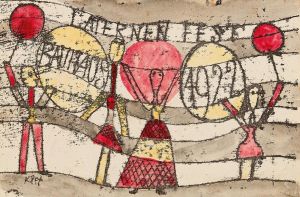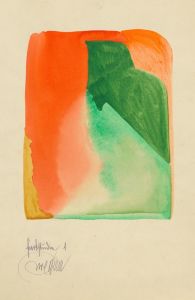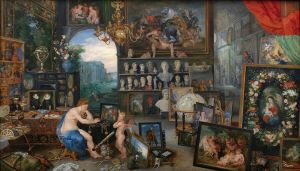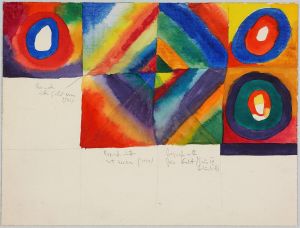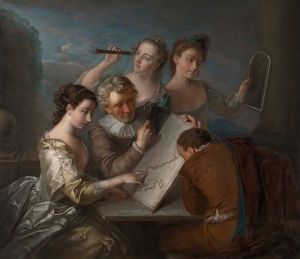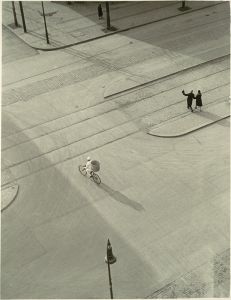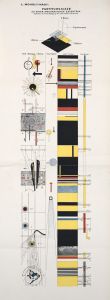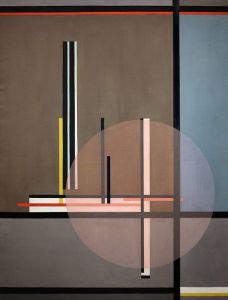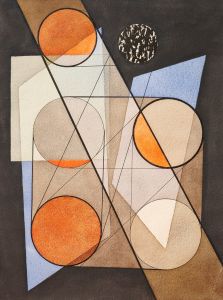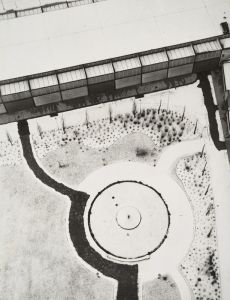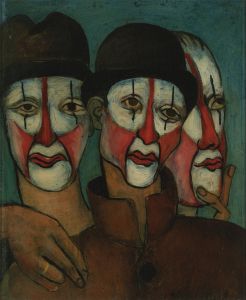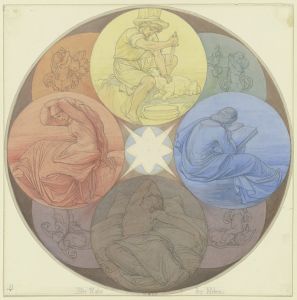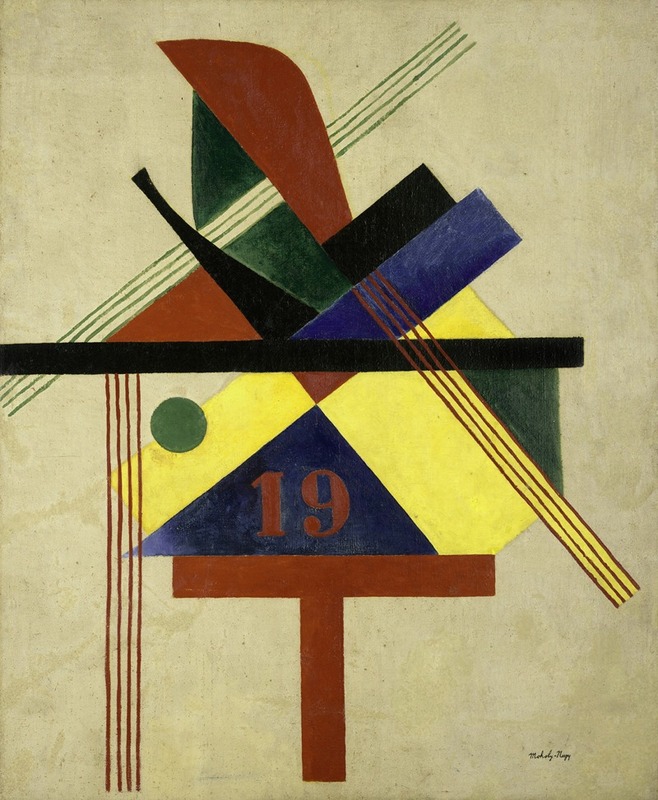
19
A hand-painted replica of László Moholy-Nagy’s masterpiece 19, meticulously crafted by professional artists to capture the true essence of the original. Each piece is created with museum-quality canvas and rare mineral pigments, carefully painted by experienced artists with delicate brushstrokes and rich, layered colors to perfectly recreate the texture of the original artwork. Unlike machine-printed reproductions, this hand-painted version brings the painting to life, infused with the artist’s emotions and skill in every stroke. Whether for personal collection or home decoration, it instantly elevates the artistic atmosphere of any space.
László Moholy-Nagy was a Hungarian painter and photographer, as well as a professor in the Bauhaus school. He is known for his contributions to the fields of painting, photography, and design, and for his innovative use of new materials and techniques. One of his notable works is the painting titled "19."
"19" by László Moholy-Nagy is an abstract composition created in 1921. This painting is a prime example of Moholy-Nagy's early experimentation with geometric abstraction and his interest in the interplay of light and form. The work is characterized by its use of bold colors, clean lines, and geometric shapes, which reflect the influence of Constructivism and the De Stijl movement.
In "19," Moholy-Nagy employs a dynamic arrangement of shapes and colors to create a sense of movement and depth. The composition is dominated by intersecting lines and planes, which are carefully balanced to create a harmonious yet dynamic visual experience. The use of primary colors, along with black and white, is typical of Moholy-Nagy's work during this period and reflects his interest in the purity of form and color.
Moholy-Nagy's approach to painting was heavily influenced by his belief in the integration of art and technology. He saw art as a means of exploring new ways of seeing and understanding the world, and he was particularly interested in the potential of new materials and techniques to expand the possibilities of artistic expression. This is evident in "19," where the precise, mechanical quality of the lines and shapes suggests a connection to the technological advancements of the time.
Throughout his career, Moholy-Nagy was associated with several important artistic movements and institutions. He was a key figure in the Bauhaus school, where he taught from 1923 to 1928. At the Bauhaus, he was instrumental in developing the school's curriculum and promoting the integration of art, design, and technology. His work at the Bauhaus had a lasting impact on the development of modern art and design.
In addition to his work as a painter, Moholy-Nagy was also a pioneering photographer and filmmaker. He experimented with photograms, a technique that involves placing objects directly onto photographic paper and exposing them to light, creating abstract images that explore the interplay of light and shadow. This interest in light and its effects is also evident in his paintings, including "19."
"19" is a significant work in Moholy-Nagy's oeuvre, as it exemplifies his early exploration of abstract forms and his commitment to integrating art and technology. The painting is held in high regard for its innovative use of geometric shapes and its reflection of the artistic and technological zeitgeist of the early 20th century.
Today, László Moholy-Nagy is remembered as a visionary artist whose work continues to inspire and influence contemporary art and design. His contributions to the fields of painting, photography, and design have left a lasting legacy, and "19" remains an important example of his innovative approach to art.





